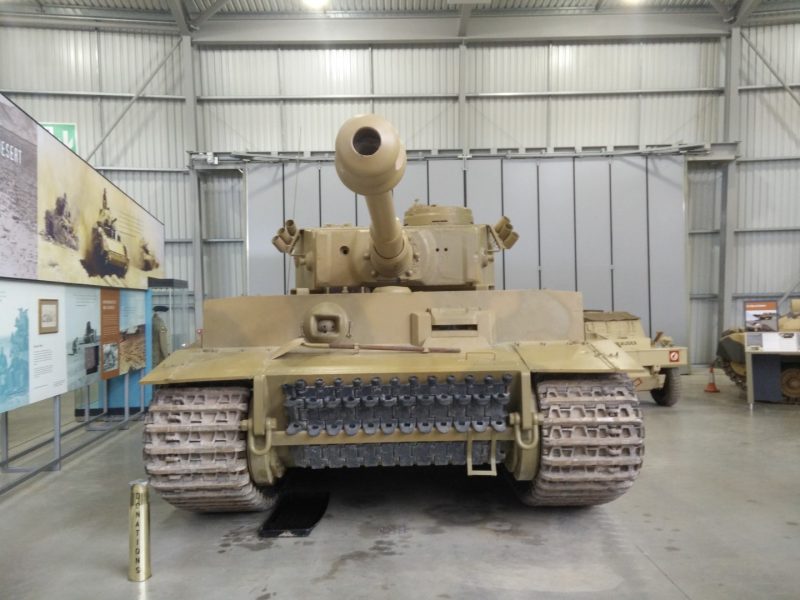The Tank Museum at Bovington houses the largest collection of tanks in the world, including modern tanks such as the Challenger and dating right back to Little Willie, which in 1915 became the first tank ever made. It is renowned for its spectacular events including Tankfest, the world’s biggest display of moving armour.
Currently, the museum is holding an Access All Areas Experience, promising to show you the Tank Museum “as you have never seen it before”, and as soon as I heard about it I knew I had to check it out myself. Tickets for the experience are a bit of a mark up from the standard ticket price, £60 up from £13, so what exactly does it involve?
The experience itself lasts for about half a day, is available starting either in the morning or the afternoon depending in what day you book, and includes breakfast or lunch. On top of this, you get a discount at the museum shop, a free guidebook and a 12-month annual pass to the museum. I’ve had experiences with the Tank Museum in the past, and I was excited to get stuck in.
We started off the tour by being split into two groups; one to look around the archives and library and another to see the supporting collection.
My first destination was the supporting collection, spread across three rooms; it essentially contains everything that isn’t a tank or other armoured vehicle and that isn’t being used in one of the exhibitions. Initially, I wasn’t quite sure what to expect from it, but stepping through the door from the office into the first room I was greeted by sight of 20 RPG’s leaning against a metal railing and at that point I knew I wouldn’t be disappointed.
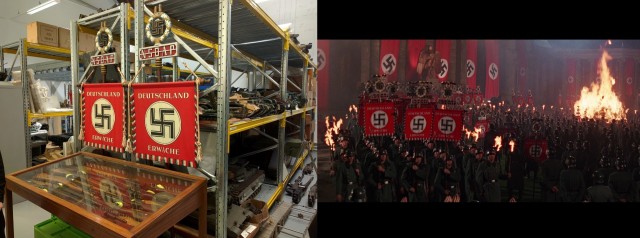
The collection contained a huge variety of stuff; everything from uniforms and random tank parts, such as radios, headlights and sections of track, to more exotic items like swords, artwork, and and even a pair of prop Nazi banners from Indiana Jones and the Last Crusade.
Some highlights for me were a Home Guard pike, issued in 1942 to much controversy, and a beautifully preserved World War One tank crew mask, designed to protect the face from bullet shrapnel but rarely worn due to their extremely uncomfortable nature.
Our guide was enthusiastic, absolutely full of interesting facts and did an excellent job of explaining the history and relevance of each item, and answering our questions, no matter how trivial or obscure.
After about half an hour our time was up, the groups swapped over, and I headed off to the archive.
To start with, we were told about how the archive is used to support work at the tank museum, particularly in the workshops which often rely on documents from the library for restoration and repair work, and also, how the staff work with members of the public for external research, which was actually really interesting. It was clear that they took their role very seriously as custodians of knowledge, and went about their job with an infectious passion.
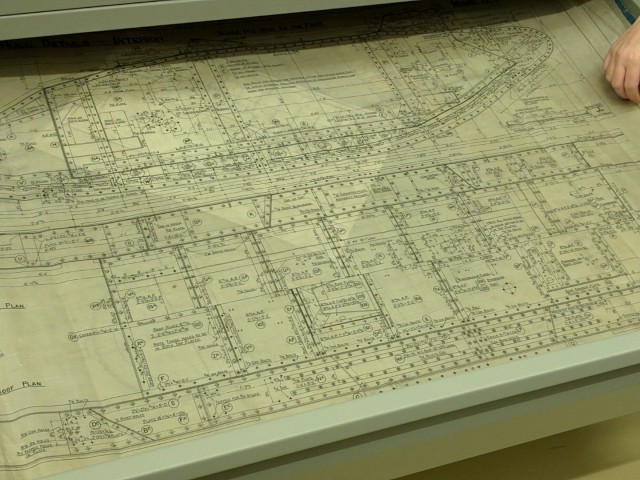
Once I actually got inside the archive, I was blown away by the volume, range and quality of documents contained within the archive. Operating manuals for tank crews including the famous “Tigerfibel”, a copy of the intelligence report on the first intact Tiger Tank captured by British forces in World War Two, original blueprints and technical specifications for tanks dating as far back as the First World War, these were just some of the gems that really grabbed my attention. The large collection of personal documents such as war diaries, and death cards added a very personal, human element to the experience, and provided insight into the lives of the men inside the vehicles.
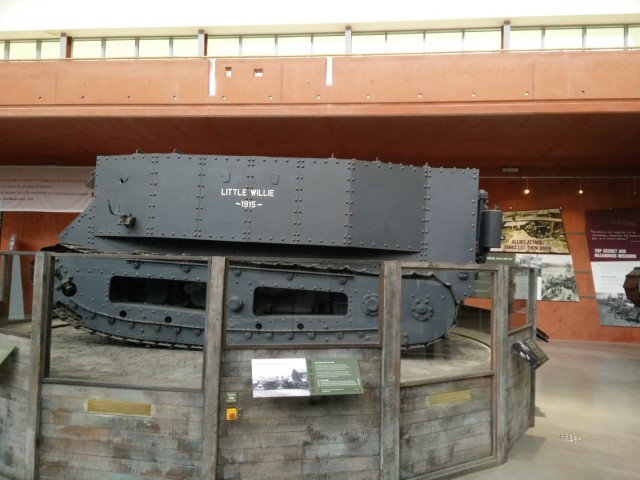
After a quick refreshment break it was time for the guided tour. The Tank Museum’s exhibits chart the history and evolution of the tank from 1915 until the present day and are intensely interesting in their own right , but having an actually expert on hand to talk in detail about the story of each vehicle, and how they fitted into the narrative, added a new depth to the experience.
Actually having someone there to answer your questions makes it all so much more interactive, and again every query posed was met with a passionate, informative and extremely satisfying answer. We were lectured on a surprising array of topics, ranging from the unbearable conditions inside a Mark II tank to the way in which 3D printing will revolutionise conservation in the near future through the near-instant creation of bespoke mechanical parts.
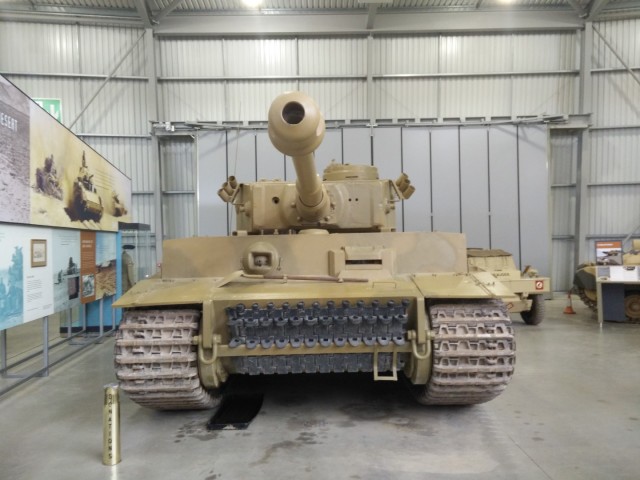
Coming face to face with Tiger 131, the first Tiger tank captured in working order by British forces in the Second World War and the only working Tiger in the world, was definitely a highlight of this section and our guide gave a vivid account of the tank’s history which made it all the more fascinating.
To finish off our tour we had the privilege of actually getting inside the museums fully restored Tortoise Heavy Tank, the sole survivor of just six prototypes, with the mechanics who actually repaired the vehicle there to provide yet more interesting nuggets of information.
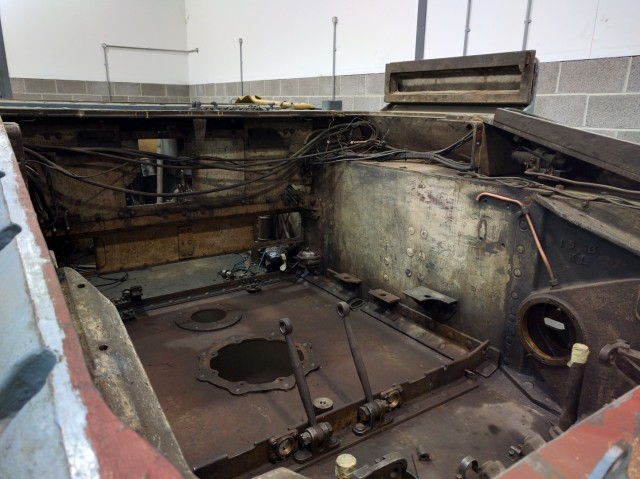
Another short break, and then we headed off to our next port of call: the workshop. This is the part of the museum where all of the restoration and maintenance work is performed, and it isn’t often open to the public. This area is obviously in practical use on a regular basis, and this use had produced a delightful hodgepodge of tools, machinery and pieces of tank. We got to see several tanks in various stages of being serviced, and all sorts of components, engines, gearboxes, even a detached turret, that provided a rare look at the guts and organs of a tank.
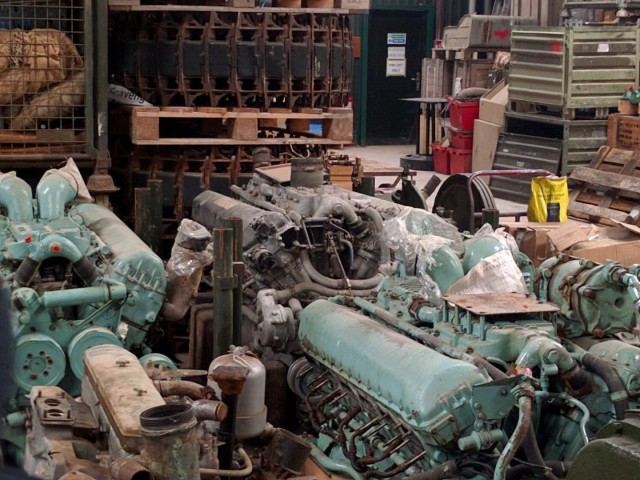
The mechanics did a great job explaining what everything was, and easily slipped between using detailed technical vocabulary for the more mechanically minded of the group, and simplistic terms for the less astute (like myself). One of the people on the tour with us remarked that the workshop felt a bit like something out of Indiana Jones and I couldn’t have agreed more; the huge racks of shelves stacked high with boxes and crates made me almost feel as though I was inside the warehouse from “Raiders of the Lost Ark” indeed, that same sense of wonder and curiosity was present.
Soon enough, our time in the workshops was up and we moved onto our last section – the Vehicle Conservation Centre (VCC). Walking into the VCC for the first time is quite simply breathtaking. The huge hanger-like building housing the centre is literally full from wall to wall with vehicles, and it really is a lot to take in at once.
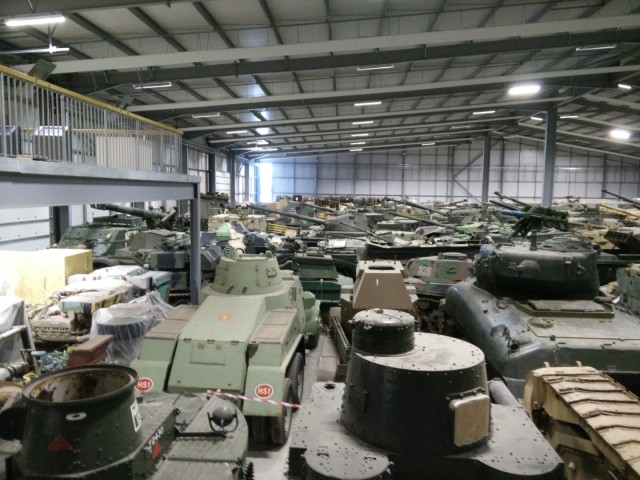
The sight of it all reminded me that the Tank Museum not only has the world’s largest collection of tanks, but also the third largest of armoured vehicles. After we’d had a moment to collect ourselves, we began to move through a labyrinth of tracks, wheels and armour plating, a canopy of gun barrels arching over us.
Such a vast array of vehicles concentrated in such a relatively small area is utterly mind-blowing. Absolutely every type of military vehicle under the sun seemed to be right there in front of me, wherever I looked there was something new: Tanks, self-propelled guns, APCs, armoured cars, vehicles that had been in combat and prototypes that had never made it further than the testing than the testing grounds, there was even a small spotting helicopter.
Yet again our guides were incredible, and seemed to know absolutely everything that was worth knowing about every vehicle. We were shown which tanks had been captured from the Iraqi army in the First Gulf War, shown firsthand the evolution of a prototype to a functioning battle tank, and every question asked was met with a thoroughly fulfilling answer.
Before we exited the building, I managed to climb up a staircase for one last look, and as I gazed upon the sea of metal before me I remembered that the Tank Museum is not only the largest collection of tanks in the world, but also the third largest of armoured vehicles.
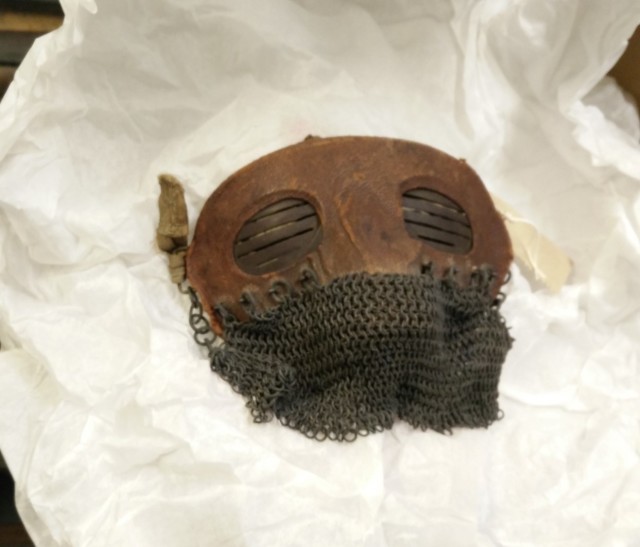
And with that, the Access All Areas Experience was finished. So, back to that question of value, was the it worth it? Absolutely, 100% yes. The Access All Areas tour lets you experience the Tank Museum in a unique and rewarding way, seeing things that are normally off-limits to the public and getting loads of time with the top notch staff.
Everyone in our group had been to the museum before, most people more than once, but I’m almost certain that all of them went away feeling content in a truly meaningful way. Best of all, I knew there was still so much more to see. After a quick lunch at the museum restaurant, I was hungry to make use of my year pass to get back out there and have another look around.
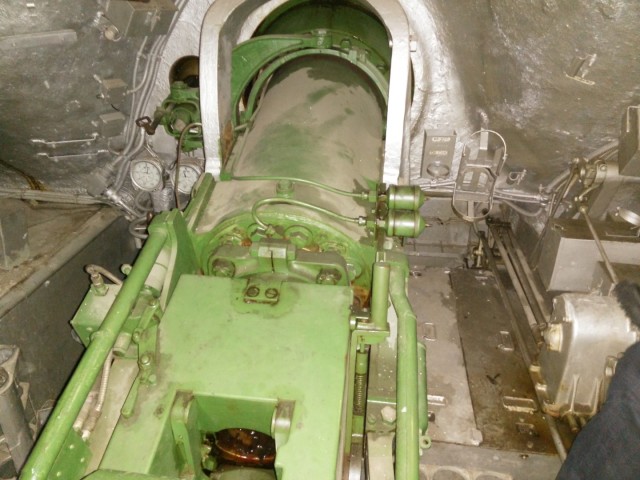
If you have even the slightest interest in tanks, history, war or vehicles, in general, you owe it to yourself to check out the Tank Museum, and the Access All Areas Experience is without a doubt the best way to do that. Even if you aren’t particularly interested in any of these things, why not give it a try anyway? You probably will be after the guys at the Tank Museum have finished with you.
Click here for the Tank Museum Website
A message from the Tank Museum:
“Please Support Us: As a charity, we rely on public support for all our activities. Our work is funded entirely by people like you. With your support, we can continue to create content. With the right support we might be able to do it more regularly – and can be even more ambitious. Please Click on the Banner Below”
